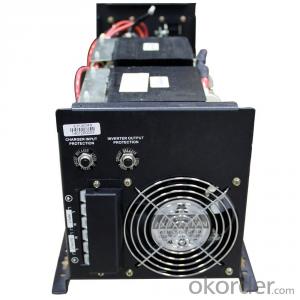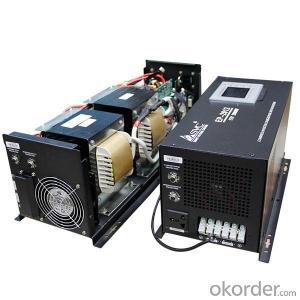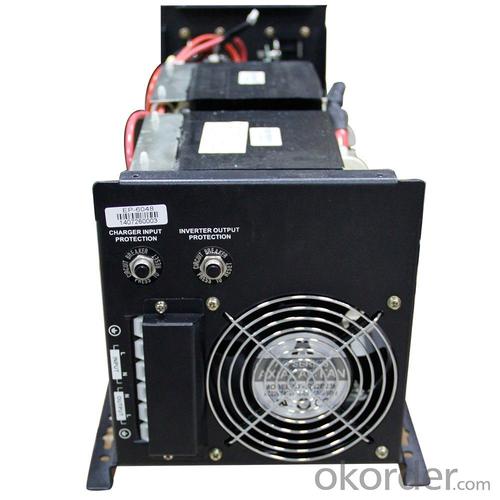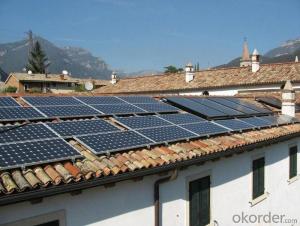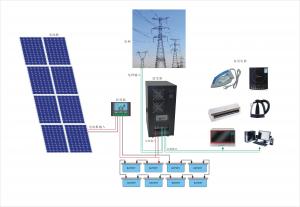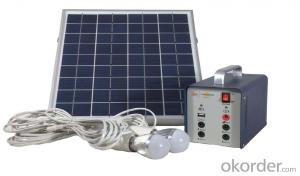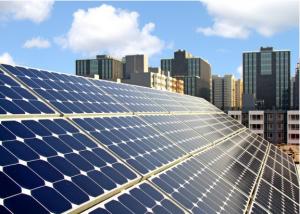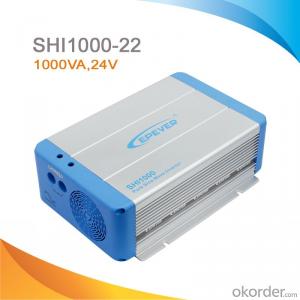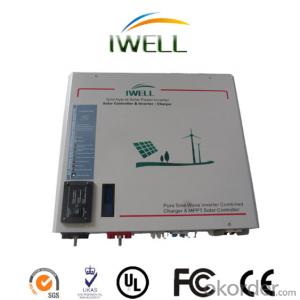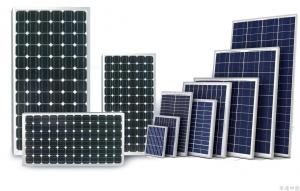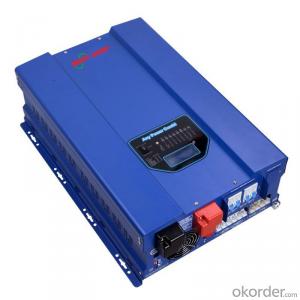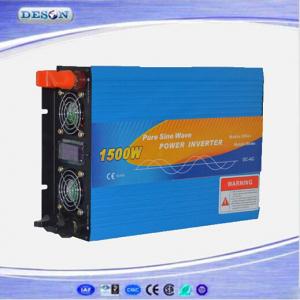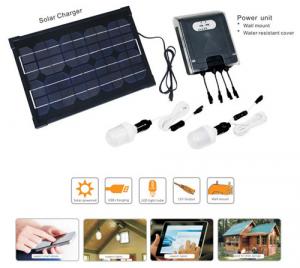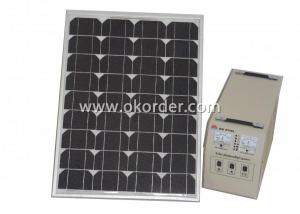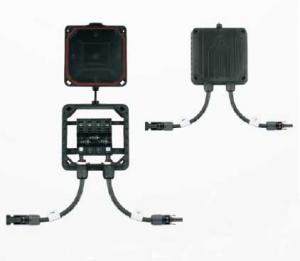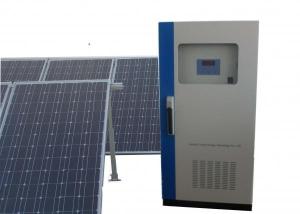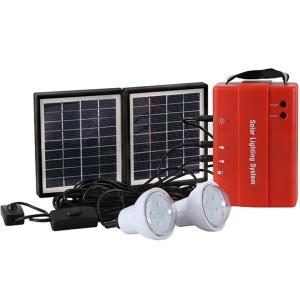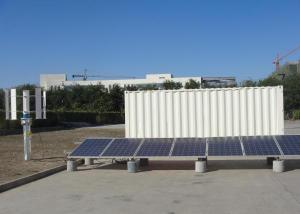Sun Solar Energy Systems Low Frequency Inverter Pure Sine Wave (Remote Control) 1000W 12V 220V Inverter
- Loading Port:
- China main port
- Payment Terms:
- TT OR LC
- Min Order Qty:
- 20 carton
- Supply Capability:
- 10000 carton/month
OKorder Service Pledge
OKorder Financial Service
You Might Also Like
Remote Control Low Frequency Pure Sine Wave 1000W 12V 220V Inverter
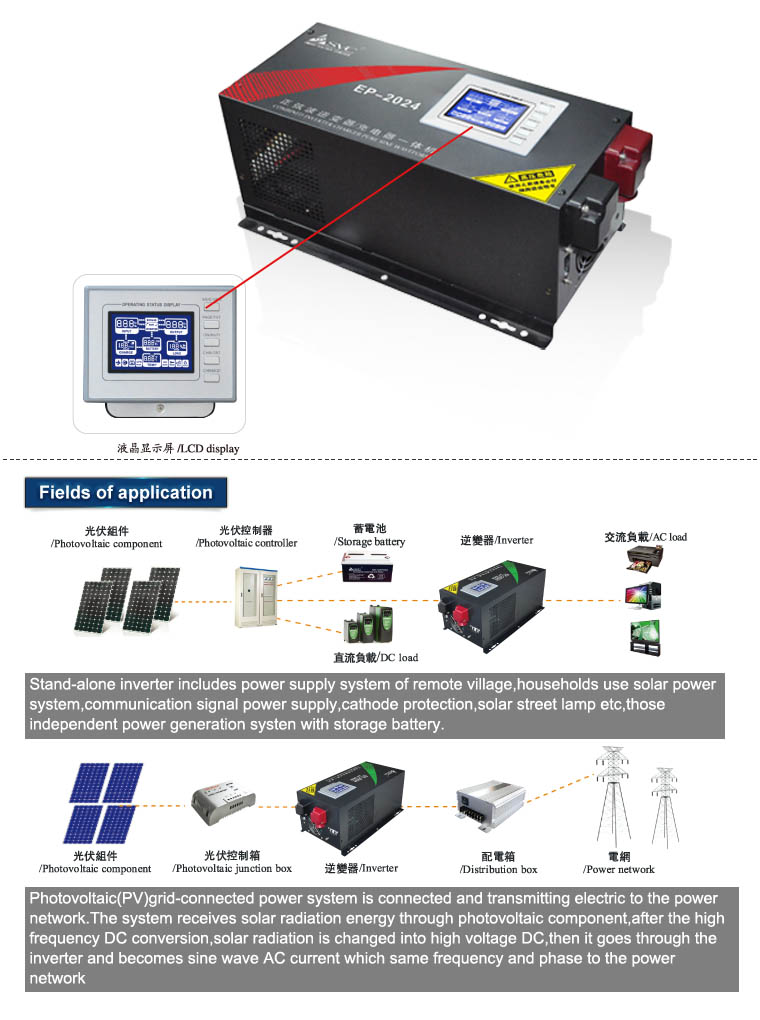
Product Description

| Model | EP-1012 | EP-2024 | EP-3024 | EP-4048 | EP-6048 |
| Rated power | 1000W | 2000W | 3000W | 4000W | 6000W |
| INPUT | |||||
| Input voltage range | 185~265VAC | ||||
| OUTPUT | |||||
| Input voltage range | 220VAC/230VAC | ||||
| Output frequency | Batt. Mode:50±0.5Hz Acmode:48~54Hz(50Hz) or 58~64Hz, Same as AC | ||||
| Output wave form | Sine wave (Batt. mode) | ||||
| Transfer time | 10ms(Typical) | ||||
| PROTECTION | |||||
| Overload protection | (100%<Load<120%)±10%:Auto shutdown in 2 mins;(120%<Load<140±10%;Auto shutdown in 60 Secs;(140%<Load)±10%:Auto shutdown in 20 Secs; | ||||
| Output short circuit protection | Yes | ||||
| Breaker | Input:15A/Output:10A | Input:30A / Output:15A | Input:35A / Output:20A | Input:40A / Output:30A | |
| BATTERY | |||||
| Rating charging current(Max.) | 45A | ||||
| Nominal DC input voltage | 12V | 24V | 48V | ||
| 20V/40V | |||||
| PHYSITAL | |||||
| (kg) / Net weight (kg) | 22.8 | 27.6 | 32.4 | 38.2 | 44.5 |
| (mm) / Unit dimention (mm) | 468(L)*224(W)*212(H)mm | 644(L)*224(W)*212(H)mm | |||
| ENVIRONMENT | |||||
| Environment of performance | Temperature 0℃~40℃, Humidity 20%~90% | ||||

Ep series is sine wave low frequency inverter, which is specifically designed for home appliances. It is equipped with a big LCD screen so all information is displayed in detail, which makes it more convenient to use. Charging current of the inverter is adjustable from 5A to 45A and you can also select different charging voltage to charge different types of batteries so batteries are under great protection.
Feature:
1. Suitable for all electrical equipments
2. Large LCD display for more detailed content
3. CPU controlled; fast transfer time
4. Intelligent battery management, prolonging the service life of the battery
5. Complete protection function, high reliability
6. Can provide high current charge
7. Can match different types of batteries
8. Disassembled LCD box which can make the operation in a distance of 15 meters
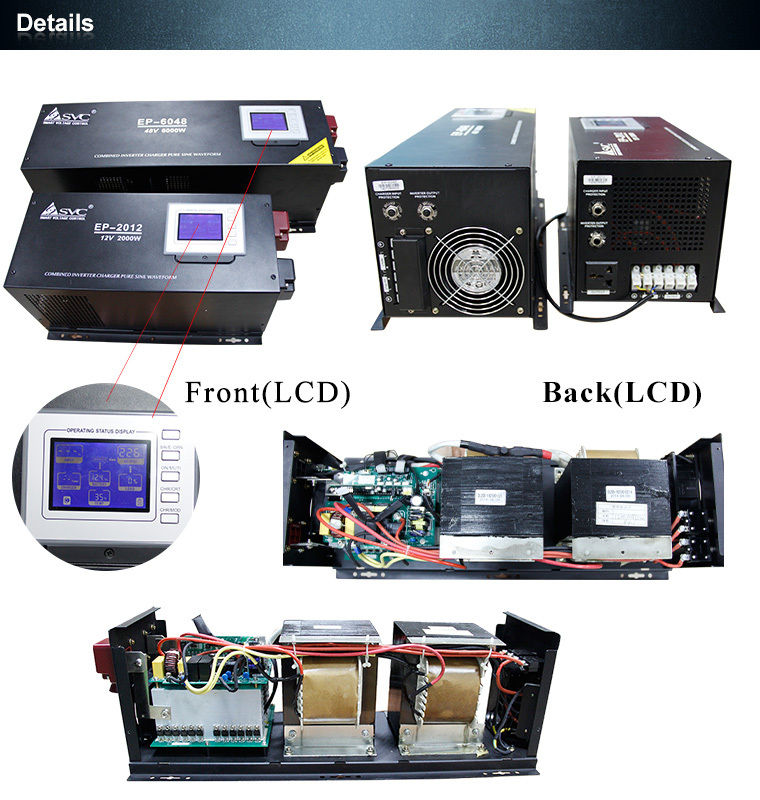
- Q: Can solar energy systems be used in powering movie theaters or entertainment venues?
- Certainly, movie theaters and entertainment venues can absolutely utilize solar energy systems to provide power. The operation of these venues requires a substantial amount of electricity for their lighting, sound systems, projectors, and other equipment. Solar energy systems have the ability to generate clean and renewable electricity by harnessing the sun's power. By installing solar panels on the roofs or in the surrounding areas of these venues, they can generate a significant amount of electricity to fulfill their energy requirements. Not only can solar energy systems be designed to supply power for the basic infrastructure of movie theaters or entertainment venues, but they can also support additional energy-intensive features such as HVAC systems, concession stands, and even electric vehicle charging stations. By utilizing solar energy, these venues can greatly reduce their dependence on grid electricity, decrease operational expenses, and contribute to a more sustainable and environmentally friendly future. Besides the practical advantages, the installation of solar energy systems in movie theaters or entertainment venues can also serve as a demonstration of environmental responsibility and attract environmentally conscious audiences. Many individuals are becoming increasingly aware of the significance of renewable energy, and by showcasing their commitment to sustainability, these venues can enhance their brand image and appeal to a wider customer base. In conclusion, the utilization of solar energy systems to power movie theaters or entertainment venues is not only technically viable but also financially and environmentally beneficial. By harnessing the sun's power, these venues can diminish their carbon footprint, save on energy costs, and contribute to a greener future for the entertainment industry.
- Q: How does solar energy work?
- Solar energy works by capturing the sun's rays through solar panels, which contain photovoltaic cells. These cells convert sunlight into direct current (DC) electricity. An inverter then converts the DC electricity into alternating current (AC) electricity, which can be used to power homes, businesses, and other electrical devices. Excess energy can be stored in batteries or fed back into the grid for others to use, making solar energy a sustainable and renewable source of power.
- Q: Are there any disadvantages of solar energy systems?
- Yes, there are a few disadvantages of solar energy systems. Firstly, the initial installation cost can be high, making it less accessible for some individuals or communities. Secondly, solar panels require a large surface area to produce a significant amount of energy, which might be challenging in urban or limited space environments. Additionally, solar energy generation is dependent on sunlight, so it may not be as reliable during cloudy days or at night without the use of storage systems. Finally, the production and disposal of solar panels can have environmental impacts, particularly if not handled properly. However, despite these drawbacks, the benefits of solar energy, such as its renewable nature and reduced environmental impact, outweigh the disadvantages, making it a viable and increasingly popular energy option.
- Q: Can solar energy systems be used in areas with high levels of electromagnetic radiation?
- Yes, solar energy systems can be used in areas with high levels of electromagnetic radiation. The electromagnetic radiation from sources such as power lines or communication towers does not interfere with the functioning of solar panels. However, it is important to ensure proper grounding and shielding of electrical components to minimize any potential interference.
- Q: Can a solar energy system be installed in areas prone to hailstorms?
- Yes, solar energy systems can be installed in areas prone to hailstorms. However, it is essential to consider certain factors to ensure their durability and resilience against hail damage. This includes using high-quality materials, such as tempered glass for solar panels, and proper installation techniques. Additionally, some solar panels are specifically designed to withstand hail and extreme weather conditions, providing further protection.
- Q: Can solar energy systems be used in areas prone to hurricanes?
- Yes, solar energy systems can be used in areas prone to hurricanes. While hurricanes can cause damage to infrastructure, including solar panels, advancements in technology have allowed for more resilient solar energy systems that can withstand extreme weather conditions. Proper installation and design, such as using hurricane-resistant materials and securing the panels, can help ensure their durability during hurricanes. Additionally, solar energy systems can provide a reliable and sustainable source of power during and after hurricanes, helping communities to recover and rebuild.
- Q: How do solar energy systems impact the stability of the electricity grid?
- Solar energy systems can have both positive and negative impacts on the stability of the electricity grid. On one hand, they can enhance grid stability by diversifying the energy sources and reducing reliance on fossil fuels. Solar energy is a renewable resource that can be harnessed locally, which can help in reducing transmission losses and increasing grid resilience. On the other hand, the intermittent nature of solar power can pose challenges to grid stability. Fluctuations in solar generation due to weather conditions can require grid operators to manage the variability through energy storage or flexible backup power sources. Overall, the impact of solar energy systems on grid stability depends on effective integration and coordination with existing power infrastructure.
- Q: Can solar energy systems be used in areas with high levels of dust or sandstorms?
- Yes, solar energy systems can be used in areas with high levels of dust or sandstorms. However, regular cleaning and maintenance of the solar panels may be required to ensure optimal performance. Additionally, selecting appropriate mounting systems and using dust-resistant materials can help mitigate the impact of dust or sandstorms on solar energy systems.
- Q: How long does it take to install a solar energy system?
- The time it takes to install a solar energy system can vary depending on various factors such as the size of the system, the complexity of the installation, and the availability of resources. However, on average, a typical residential solar energy system can be installed within a few days to a few weeks.
- Q: Can solar energy systems be used for heating and cooling a home?
- Yes, solar energy systems can be used for heating and cooling a home. Solar heating systems, such as solar thermal collectors or solar water heaters, can be used to heat water or air for space heating purposes. Additionally, solar air conditioning systems, such as solar-powered absorption or desiccant cooling systems, can be used to cool a home using the energy from the sun.
Send your message to us
Sun Solar Energy Systems Low Frequency Inverter Pure Sine Wave (Remote Control) 1000W 12V 220V Inverter
- Loading Port:
- China main port
- Payment Terms:
- TT OR LC
- Min Order Qty:
- 20 carton
- Supply Capability:
- 10000 carton/month
OKorder Service Pledge
OKorder Financial Service
Similar products
Hot products
Hot Searches
Related keywords
